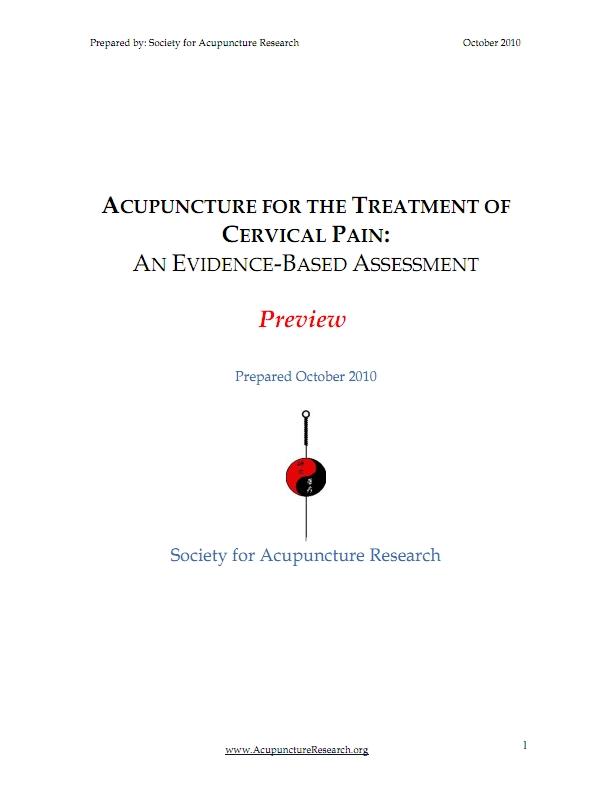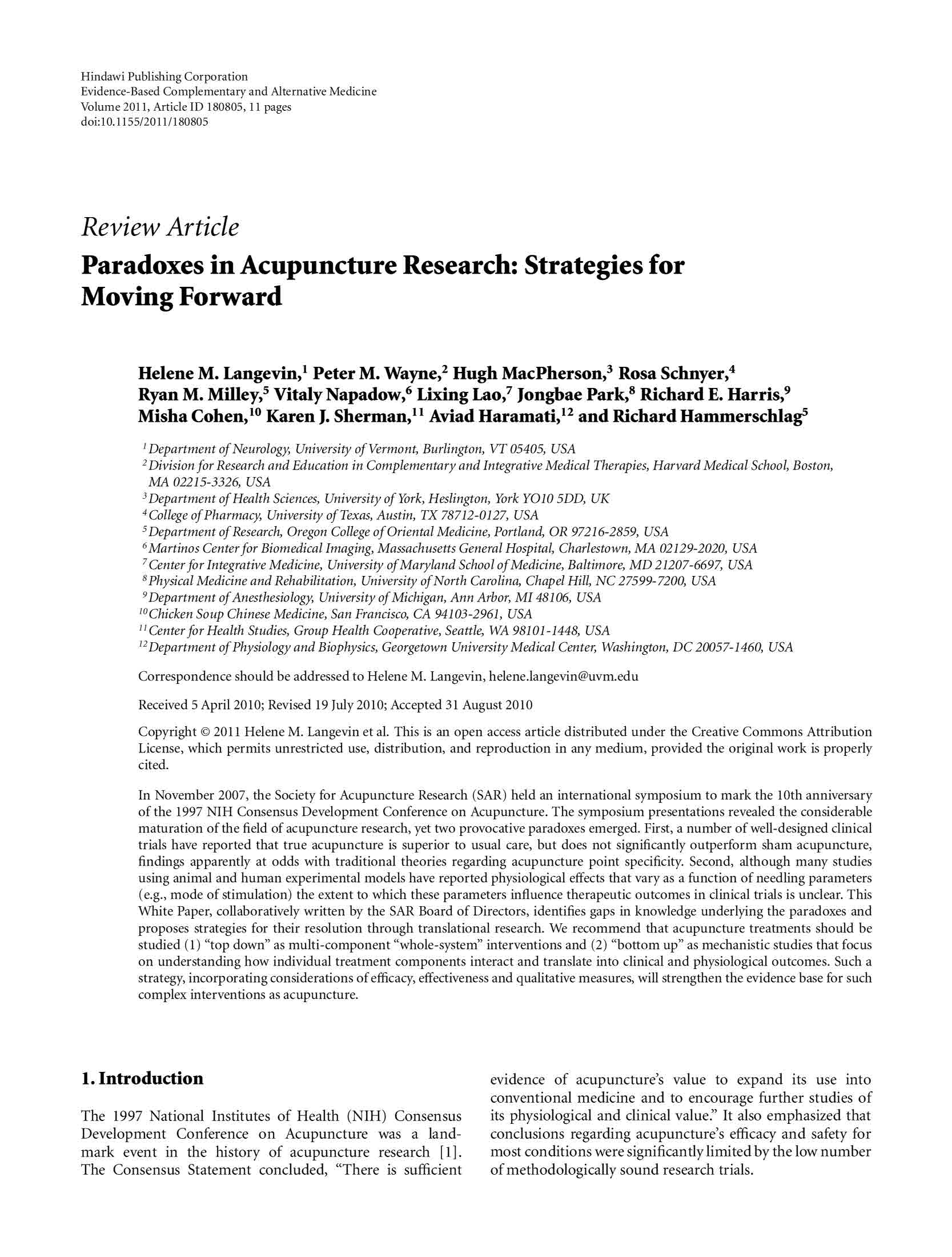
Click HERE for full article
Abstract
Case studies and small trials suggest that acupuncture may effectively treat hypertension, but no large randomized trials have been reported. The Stop Hypertension with the Acupuncture Research Program pilot trial enrolled 192 participants with untreated blood pressure (BP) in the range of 140/90 to 179/109 mm Hg. The design of the trial combined rigorous methodology and adherence to principles of traditional Chinese medicine. Participants were weaned off antihypertensives before enrollment and were then randomly assigned to 3 treatments: individualized traditional Chinese acupuncture, standardized acupuncture at preselected points, or invasive sham acupuncture. Participants received ≤12 acupuncture treatments over 6 to 8 weeks. During the first 10 weeks after random assignment, BP was monitored every 14 days, and antihypertensives were prescribed if BP exceeded 180/110 mm Hg. The mean BP decrease from baseline to 10 weeks, the primary end point, did not differ significantly between participants randomly assigned to active (individualized and standardized) versus sham acupuncture (systolic BP: −3.56 versus −3.84 mm Hg, respectively; 95% CI for the difference: −4.0 to 4.6 mm Hg; P=0.90; diastolic BP: −4.32 versus −2.81 mm Hg, 95% CI for the difference: −3.6 to 0.6 mm Hg; P=0.16). Categorizing participants by age, race, gender, baseline BP, history of antihypertensive use, obesity, or primary traditional Chinese medicine diagnosis did not reveal any subgroups for which the benefits of active acupuncture differed significantly from sham acupuncture. Active acupuncture provided no greater benefit than invasive sham acupuncture in reducing systolic or diastolic BP.
Key Words:
- Received February 22, 2006.
- Revision received March 12, 2006.
- Accepted August 8, 2006.




